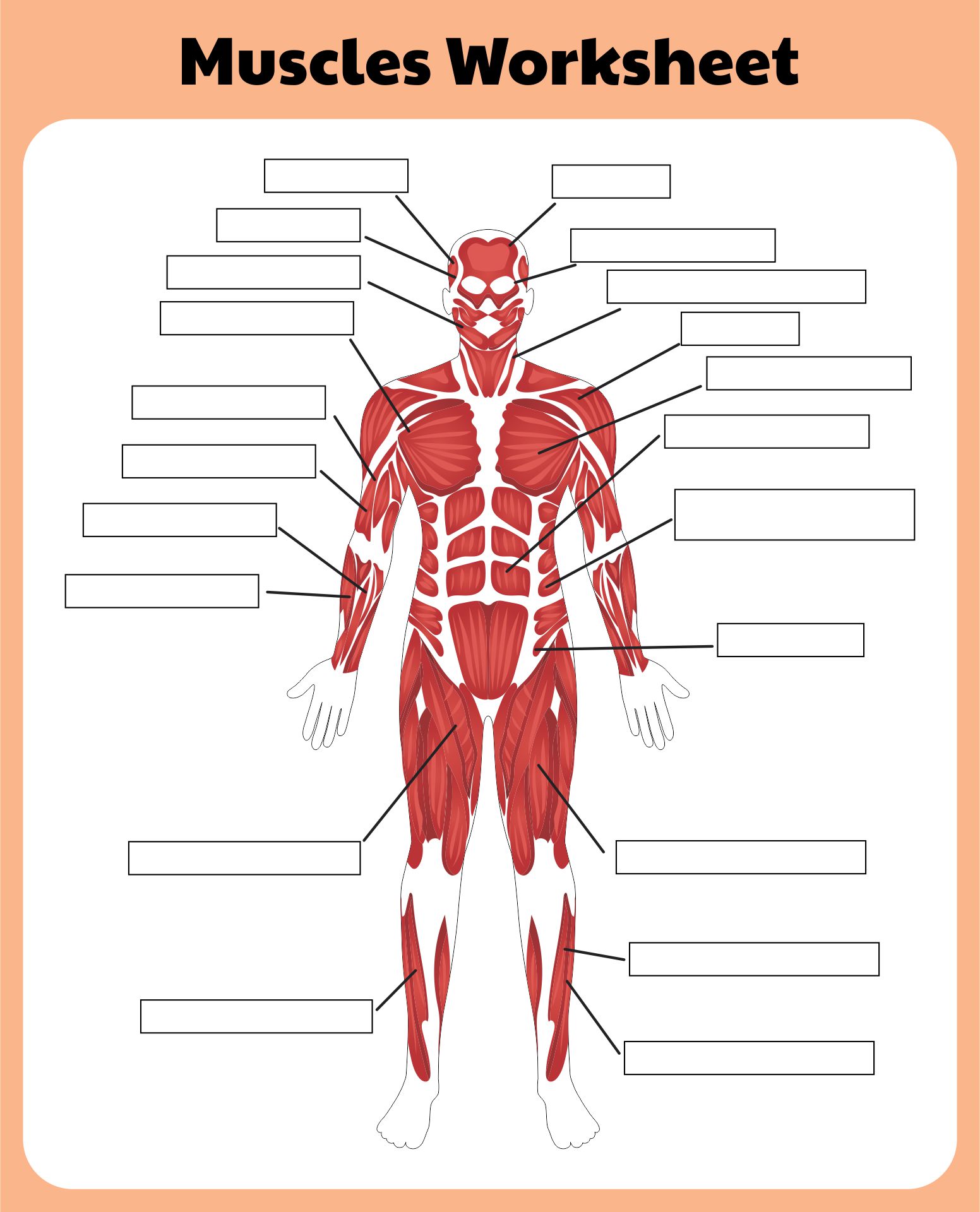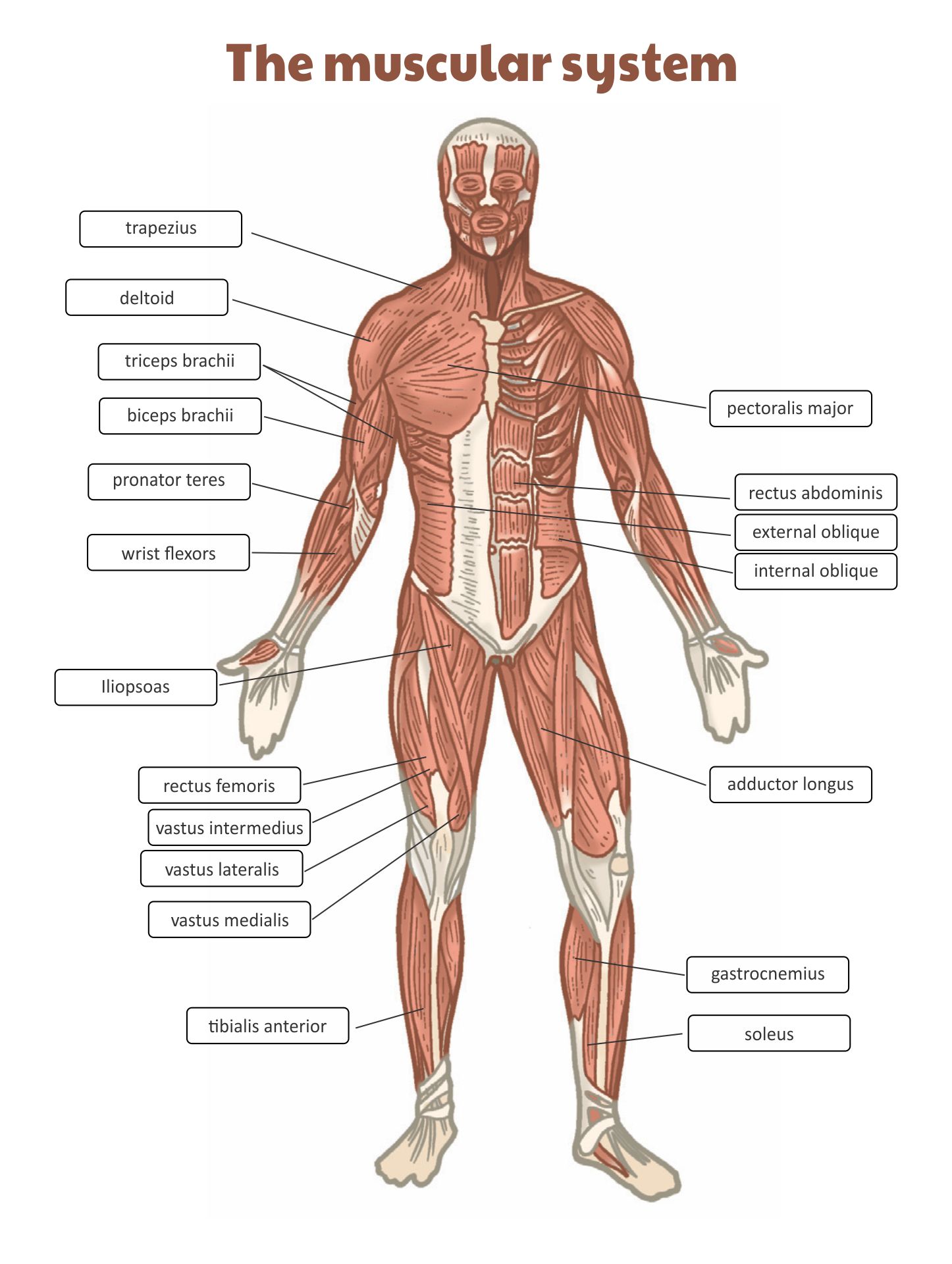

In contrast, micro- means “small,” and microscopic anatomy is the study of structures that can be observed only with the use of a microscope or other magnification devices ( (Figure) b).

Macro- means “large,” thus, gross anatomy is also referred to as macroscopic anatomy. Gross anatomy is the study of the larger structures of the body, those visible without the aid of magnification ( (Figure) a).

Like most scientific disciplines, anatomy has areas of specialization. These techniques allow clinicians to visualize structures inside the living body such as a cancerous tumor or a fractured bone. In order to observe structures in living people, however, a number of imaging techniques have been developed. Dissection is still used in medical schools, anatomy courses, and in pathology labs. When a body is dissected, its structures are cut apart in order to observe their physical attributes and their relationships to one another. Later, physicians were allowed to dissect bodies of the dead to augment their knowledge. The word “anatomy” comes from a Greek root that means “to cut apart.” Human anatomy was first studied by observing the exterior of the body and observing the wounds of soldiers and other injuries. Other larger structures can readily be seen, manipulated, measured, and weighed. Some of these structures are very small and can only be observed and analyzed with the assistance of a microscope. Human anatomy is the scientific study of the body’s structures. Discuss the fundamental relationship between anatomy and physiology.Compare and contrast anatomy and physiology, including their specializations and methods of study.The smooth muscles, for instance, aid in the flow of the blood through the blood vessels.By the end of this section, you will be able to: These muscles, together with the smooth muscles, are involved in the involuntary movements of the internal organs of the body. Cardiac muscles are responsible for the pumping of the blood in the heart. Skeletal muscles allow movement or locomotion in animals (especially voluntary movements). The muscular system is responsible for the creation of movement or locomotion. The smooth muscles, in turn, lack the striations and appear smooth under the microscope (thus the name). The skeletal muscles are arranged into overlapping filaments, thus, appear striated under the microscope. However, the cardiac muscles are branched, forming intercalated networks. Both skeletal muscles and cardiac muscles are striated muscles. The cardiac muscles are muscles of the heart. The smooth muscles are muscles found in the walls of the digestive tract, arteries, urinary bladder, uterus, male and female reproductive tracts, respiratory tract, ciliary muscles, and other internal organs. The skeletal muscles are muscles attached to the bones and are responsible for the voluntary movements of the body. The muscular system includes all the muscle tissues such as the skeletal muscle tissues, smooth muscle tissues, and cardiac muscle tissues. The animal body is comprised of various organ systems and the muscular system is one of them. An organ system comprised of skeletal muscles, smooth muscles, and cardiac muscles that are responsible for providing strength, keeping up balance, maintaining posture, allowing movement and producing heat


 0 kommentar(er)
0 kommentar(er)
